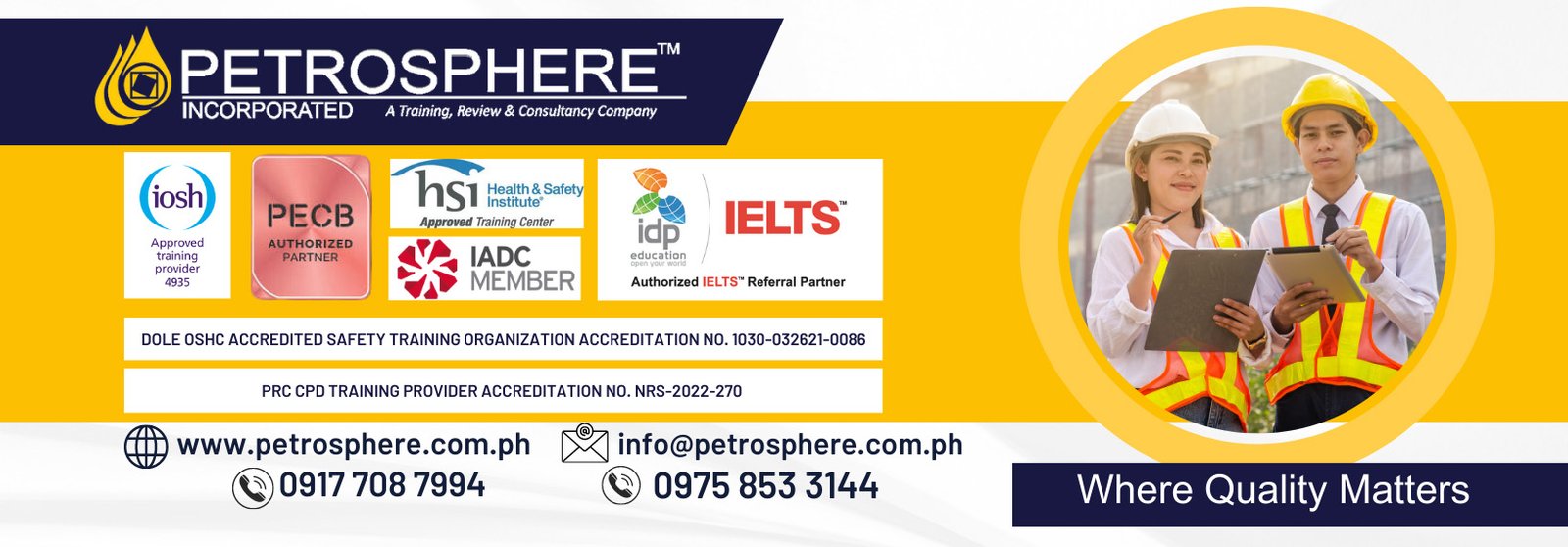Just published an article in Annals of Global Health about Occupational Health Hazards experienced by Healthcare workers in the Philippines. It seems not only construction workers or manufacturing line do experience health hazards but also medical personnel. According to International Labour Organization in 2018, it estimates almost 160 million people in the world suffer from work-related diseases such as muscoskeletal diseases and mental health problems.
Healthcare workers are constantly in contact with patients which have high vulnerability of being infected with pulmonary TB, Hepatitis A and B, pneumonia etc. that requires protective measures to reduce the risk of acquiring diseases or injury.
Provisions on occupational health and safety were emphasized during the SARS outbreak in 2003 wherein no SARS treatment was available. Healthcare providers were given strict protocols in dealing with communicable diseases by preventing and controlling from global spreading.
Authorities such as World Health Organization, Centers for Disease Control and Department of Health recognize that there should be a need to enhance global protocols in handling highly transmittable infectious diseases in the prevention and reduction of incidence of healthcare-associated infections among patients.
Healthcare workers are also facing hazards in their workplace. Several studies showed the risk of cancer among radiologists and technicians exposed to ionizing radiation since 1940 wherein increased mortality from leukaemia was observed compared to other medical specialists.
In addition, nurses are prone to hazards such as needlestick injury, direct patient contact, stress, back pain and possible verbal abuse.
Hospital personnel’s have high tendency of being contacted with pulmonary TB, Hepatitis A and B, pneumonia etc. Pharmacists may also prone to ergonomic hazards, chemicals during compounding, direct patient contact, verbal abuse, robbery in pharmacy etc. Medical doctors are highly vulnerable to blood borne diseases, sharp injuries, hazardous chemicals, equipment hazards, static postures and job related stressors like long hour shift etc. Strategies on Occupational Health and Safety were strictly adhered to by healthcare professionals in the Philippines.
Good Practices such as adaptation of safety practices protocols in handling needles and sharp objects in preventing further outbreak of infectious diseases like Hepatitis B and C. Compliance to existing provisions and mandate given by Department of Health and Department of Labour and Employment in assuring quality and safety in the workplace. Further documentation and continues research on Occupational Health and Safety is necessary.
Amidst this, barriers still existed in remote places and even urban areas where OHS personnel were scarce or even none to supervise the healthcare workers in their workplace. Limited accessibility to the requirements of the implementation of OHS such as free facemasks, gloves, disinfectants, machines, etc. Workload requirements of the staff also increases in a patient to doctors/ nurses/ barangay health workers ratio that may lead to stress, back pain, fatigue due to overwork.
The recently approved OSH, RA 11058 or “An Act Strengthening compliance with Occupational Safety and Health standards and providing penalties for violations assuring humane working conditions”.
The new law empowers the workers in terms of information about safety hazards in the workplace, refusal of unsafe work and be provided “free of charge” on personal protective equipment.
This is mandatory to all employers, contractors, sub-contractors or “any person who manage, controls, supervise work” to assure a workplace that is safe from environment or conditions that cause death, illness or physical harm.
Penalties of any of the provisions of the law shall have a fine of Php100,000 per day until the violation is resolved, counted from the date the compliance order is duly served on the employer. Mandatory for all workers to undergo eight (8) hours safety and health seminar as per requirement by DOLE. Critical occupations shall undergo compulsory competency assessment and certification given by TESDA.
Moreover, the law also emphasizes the establishment of OSH committee that ensure the safety and health program in the workplace headed by the employer, safety officer as secretary, representative of workers union etc. OSH personnel, facilities and amount of supplies shall be appropriate to the total number of workers and risk involved. The government, related agencies, NGO and employers are trying their best to resolve issues on occupational hazards.
In a bigger picture, healthcare workers have comparatively seen differences of better workplace and opportunities abroad that resulted to massive employment overseas.
This may result to inadequate equal delivery, insufficient and unafford




















Discussion about this post